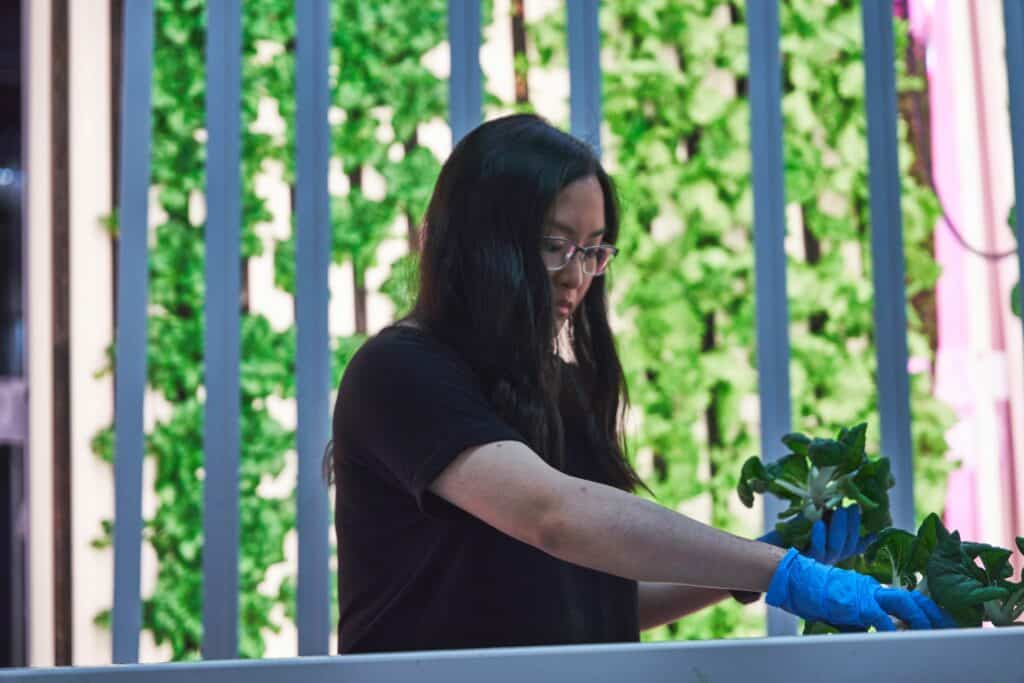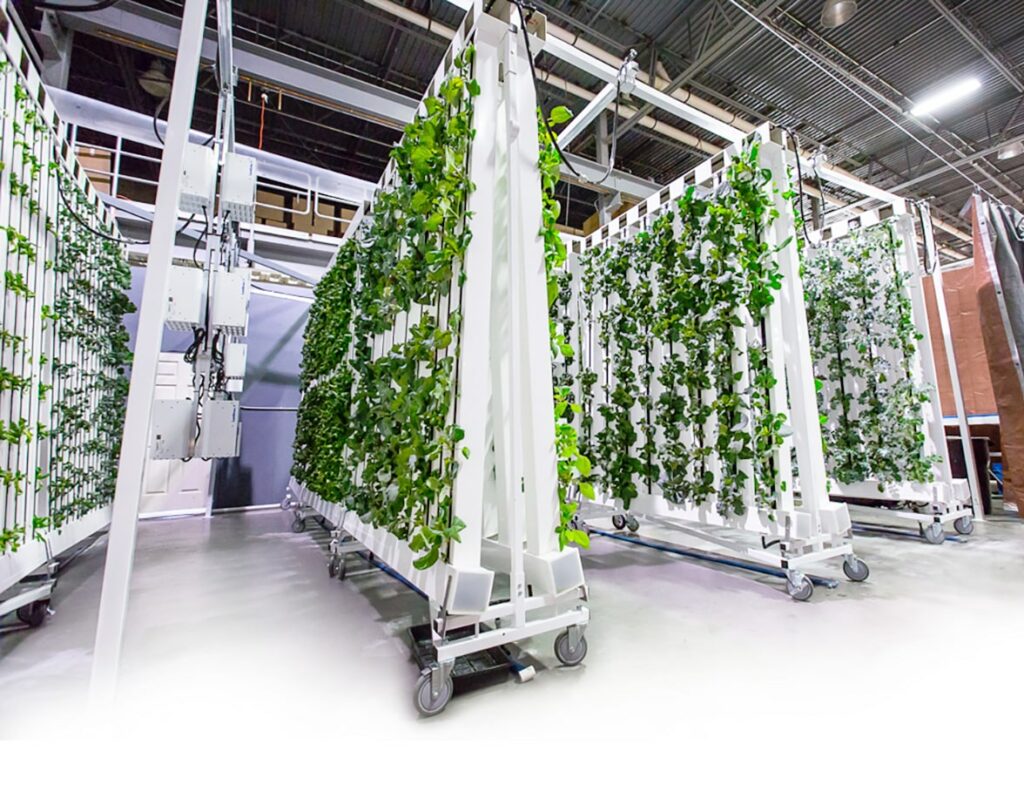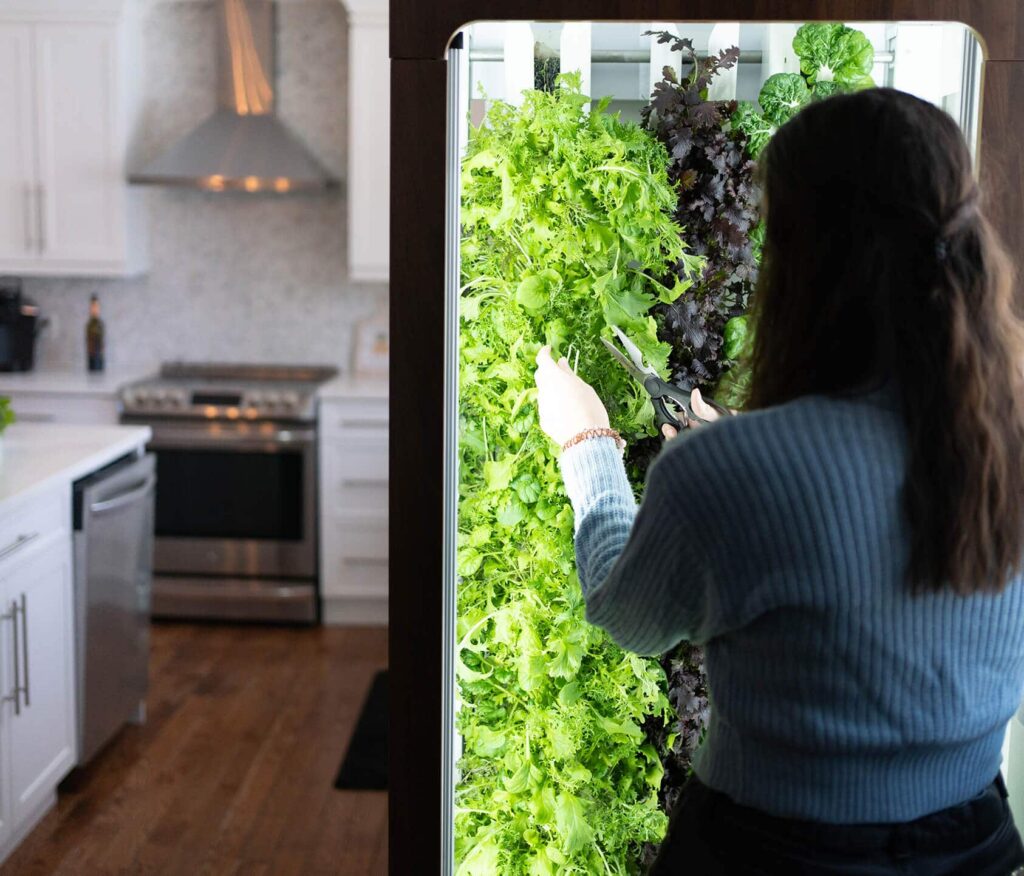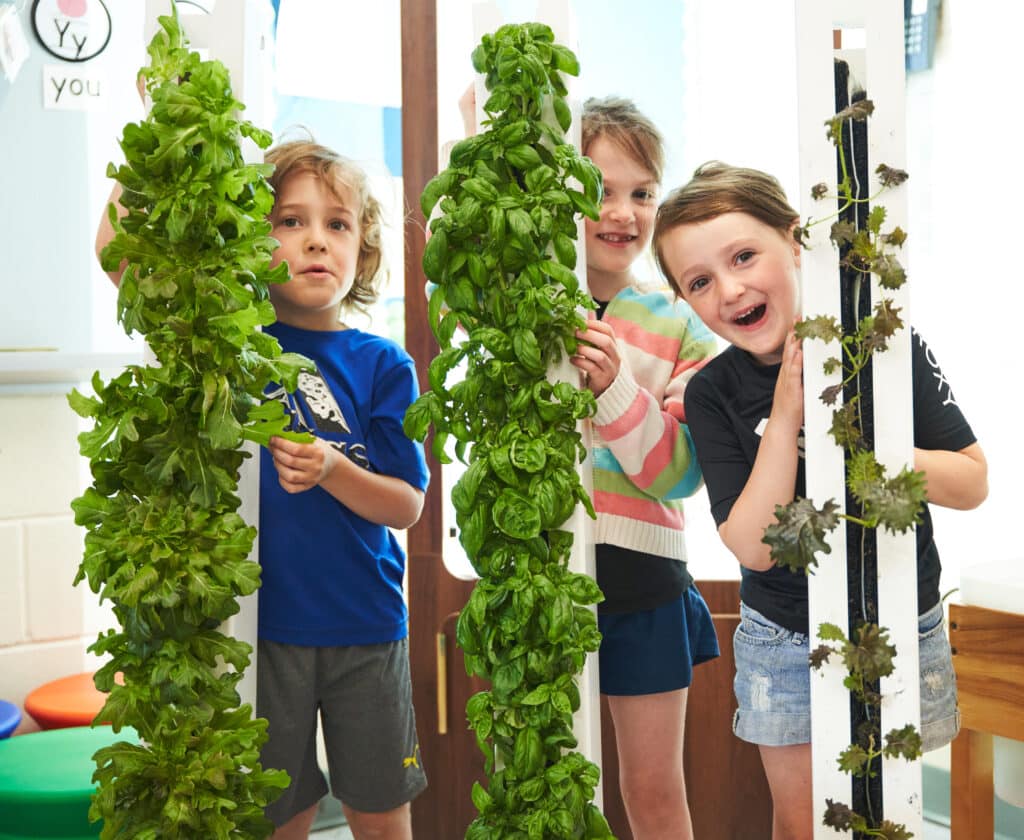Pesticides. We’re always hearing about the way our food is grown and, of course, how pesticides aren’t something we want to have in our food. We’re going over growing without pesticides and our vertical farming solution for cleaner & healthier crops!
Unless you have been living under a rock for the past few months, you would have seen that we have a lettuce problem in North America. In fact, the problem is you don’t see it; shelves at grocery stores are void of lettuce, and restaurants remove salads from their menus.
So what’s the scoop on the lack of lettuce?
This video from the United States Department of Agriculture (USDA) is an excellent synopsis of how lettuce crops have been affected by disease in the past few months.
But this is just the tip of the iceberg (pun intended) when it comes to the risks to field crops, and one of the bigger risks to humans, often overlooked by consumers, is the scarily significant increase in pesticide use.
The Toxic Truth
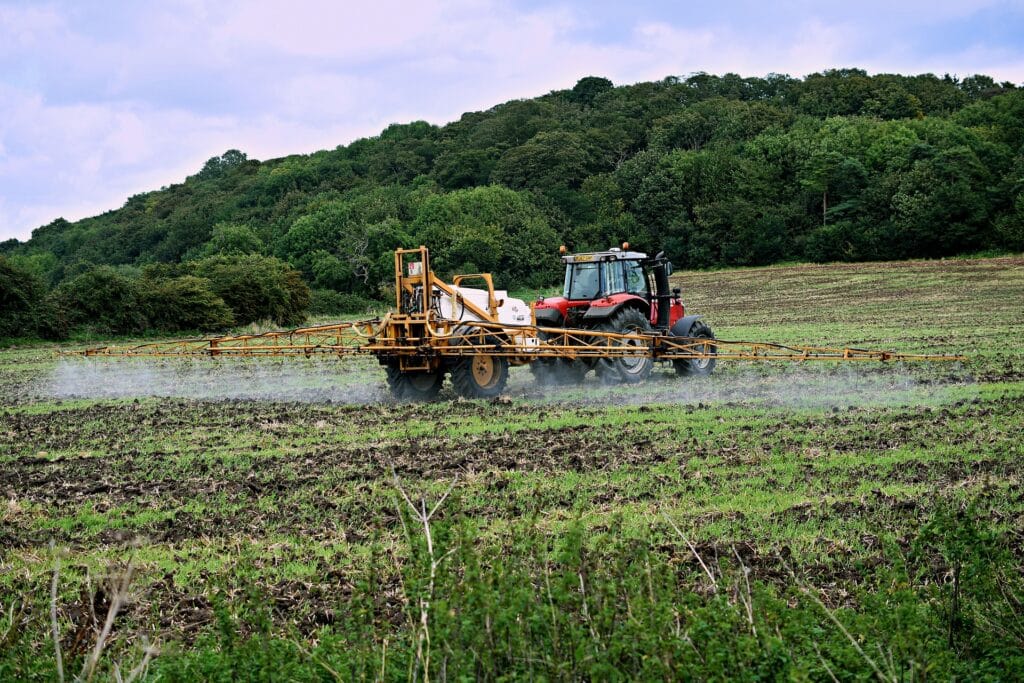
According to the Pesticide Atlas 2022 (a European report that provides facts and figures about toxic chemicals in agriculture), global pesticide use has soared by 80% since 1990.
Pesticide use accumulates over time in plant parts, water, soil, air, and biota. Extensive use of pesticides contaminates soil and water, remains in the crops, and finally enters the food chain. This poses a threat to human beings and their health.
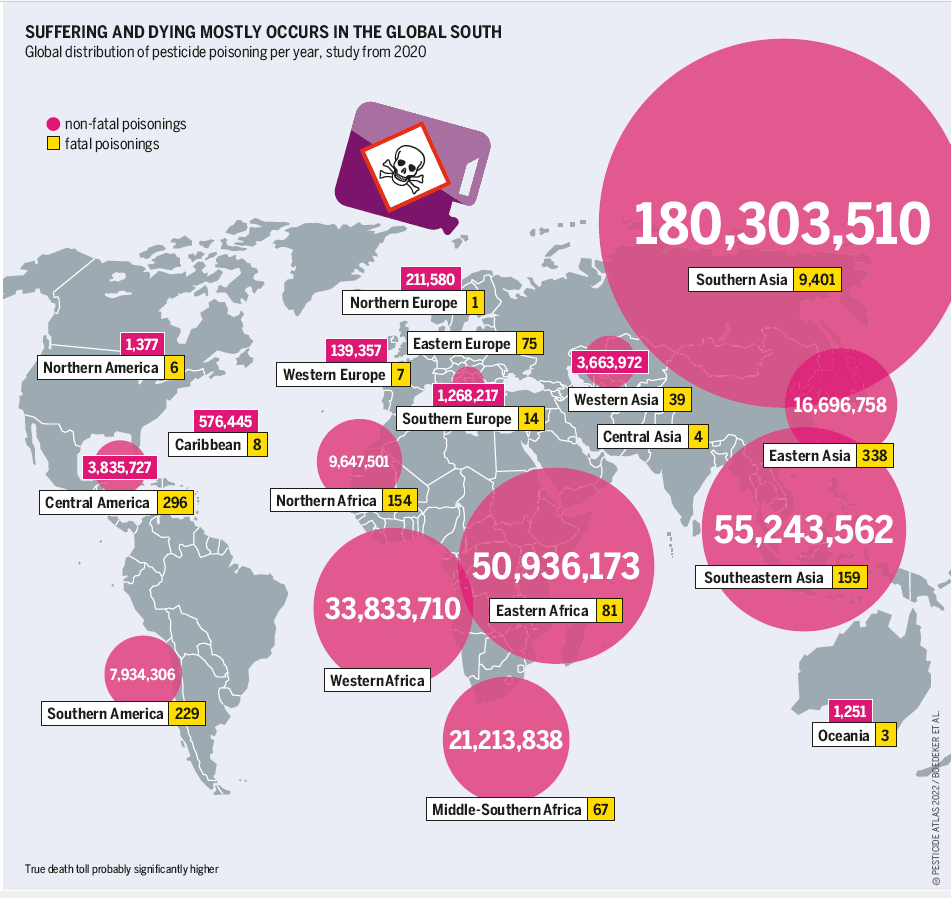
Pesticides are responsible for poisoning an alarming statistic of 385 million people every year. South America and Africa are among the markets with the highest growth rates, and in North America, we should be concerned, too, as many of our food imports come from these regions.
In 2021 the USDA tests for the Pesticide Analyses found residues of potentially harmful chemical pesticides on nearly 70 percent of the non-organic fresh produce sold in the U.S.
A total of 94 different pesticides were found on leafy greens, including neonicotinoids or neonics.
In traditional farming, leafy greens are more sensitive to environmental changes and prone to frequent attacks by pests. The most common pesticides used globally on green leafy vegetables are monocrotophos (MONO), dichlorvos (DCV), chlorpyrifos (CPS), profenofos (PFF), cypermethrin (CP)
On the 2022 Dirty Dozen list (a yearly report from the Environmental Working Group, a nonprofit organization dedicated to improving human health and the environment), strawberries ranked #1, spinach came in second, and kale, collard & mustard greens placed third.
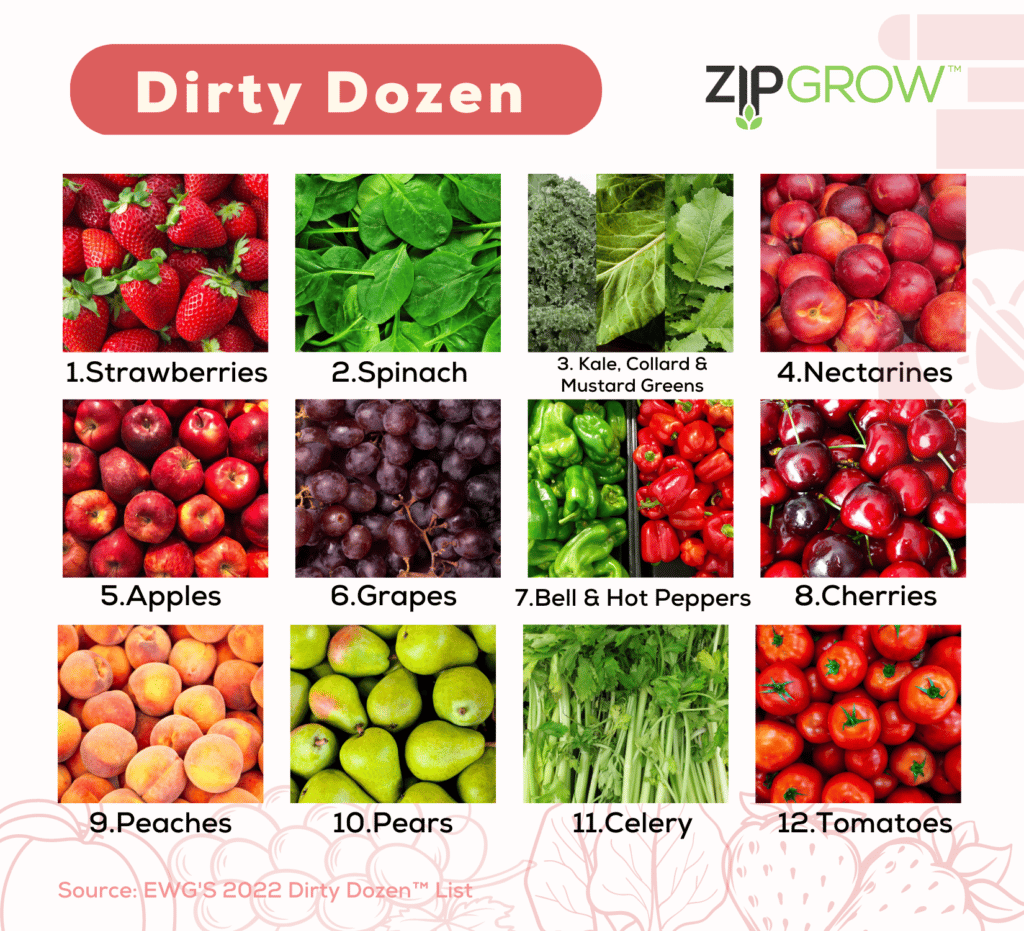
Only a short time ago, vertical farming and the Controlled Environment Agriculture (CEA) industry were not considered part of the landscape of food production. However, governments, institutions, and big corporations are now looking to Controlled Environment Agriculture (CEA), where many risks can be lowered due to the increased control over climate, pests, and significant weather events.
Indoor farming is not immune to pests and plant pathogens, but the closed-off controlled environment provides much greater governance over your growing environment. There are natural ways to manage potential challenges with a solid Integrated Pest Management (IPM) plan. We can’t stress enough the importance that ZipGrow farmers have one in place.
If you only remember one piece of advice from this blog: You need an IPM plan BEFORE you grow any crops.
Insect Pest Management
By using these methods, indoor farms, whether that be a greenhouse, warehouse, or a ZipPod container farm, can produce what is often referred to as “better than organic” crops. No pesticides and free from soil also usually means that farmers, particularly those growing in Growfoam® plugs, can sell their produce as “no wash.” This high-quality produce can last for weeks rather than days.
Growing Without Pesticides
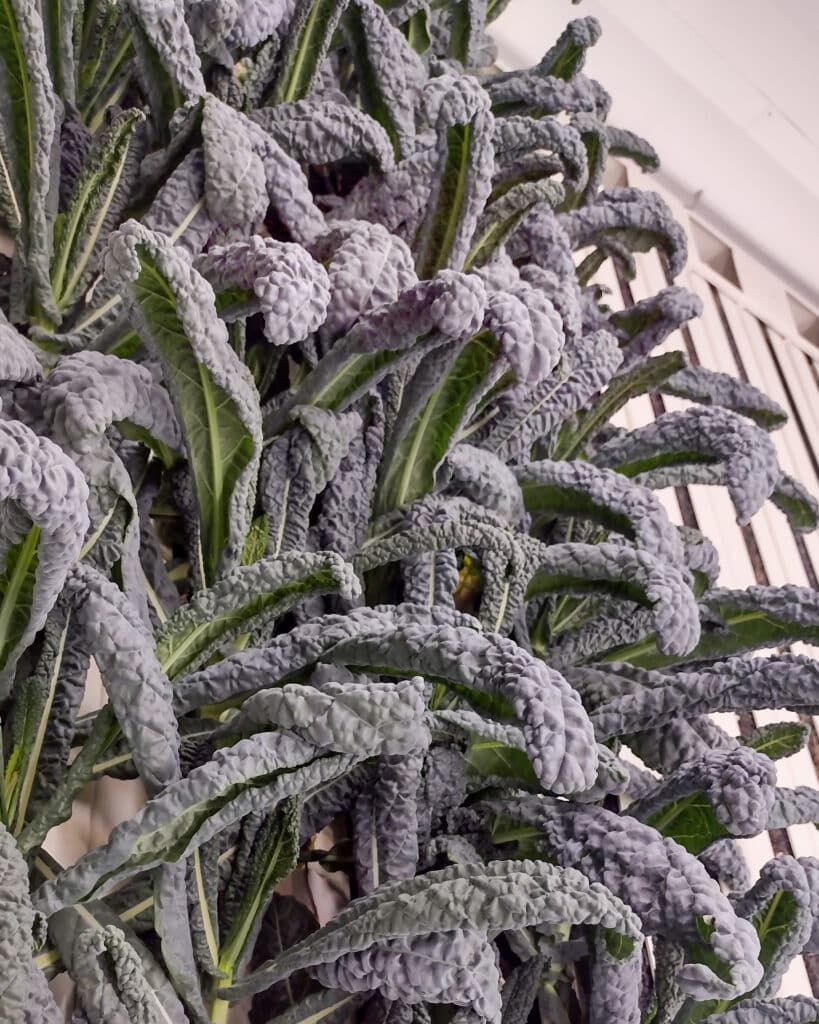
For ZipGrow farmers and other vertical farming producers, educating customers on the value of pesticide-free food can be a great tool to validate the higher price of their produce. People know what they know, and unless they have visited an indoor farm, they are likely unaware of the major health benefits of crops grown indoors or some of the alarming statistics of pesticide use in mass market production.
- Produced with no synthetics, fungicides, or pesticides
- Higher quality produce - Natural nutrients specific to crop types
- Shortened food miles = fresher product
When we chat with ZipGrow farmers, it’s a common theme that they will provide taste tests to customers or potential commercial clients. “Wow” is a pretty standard response, and they are hooked. They can literally taste the difference!
There you have it! We’ve gone over growing without pesticides, and why we thinking ZipGrow’s vertical farming system is the perfect solution for growing the most delicious and clean produce on the market. Whether you’re a home grower or a commercial farmer, we have the system to help you get better food for you, your family, and your community.

